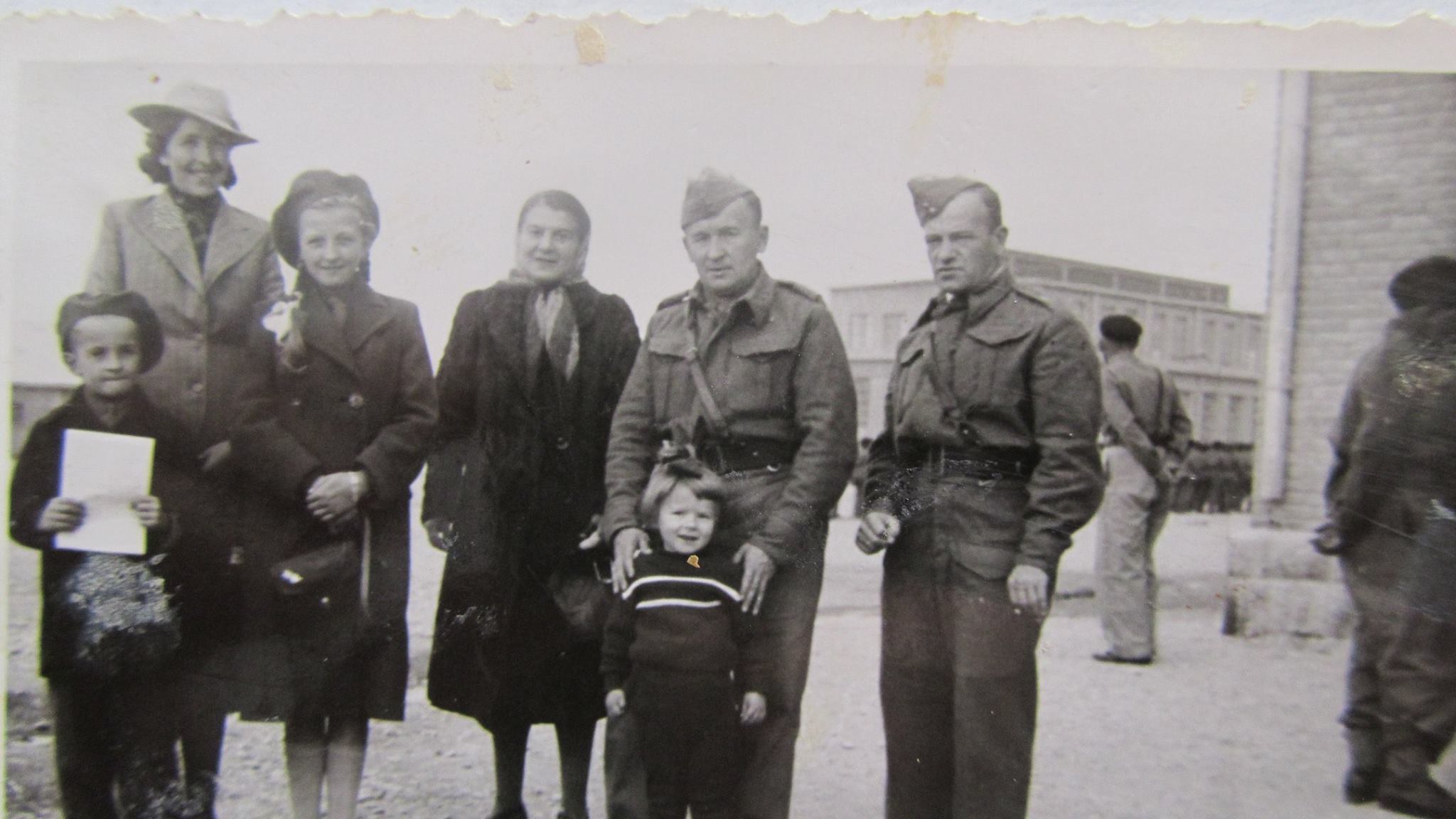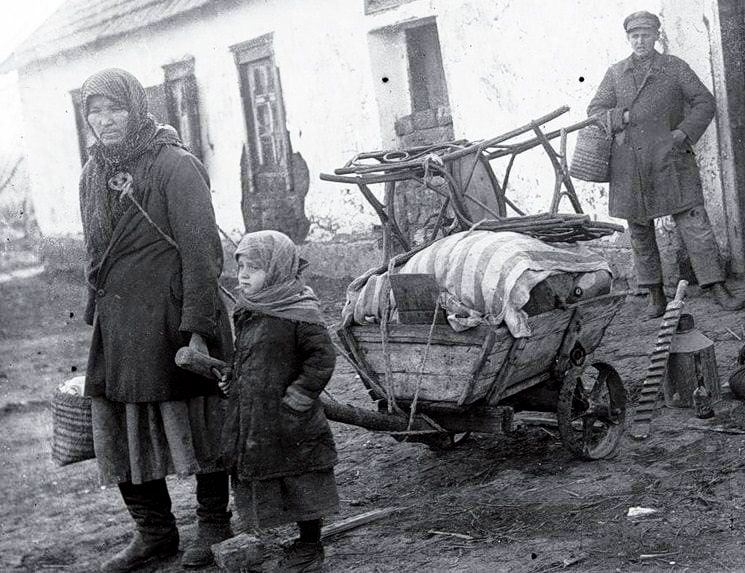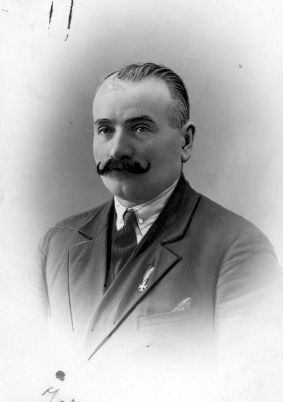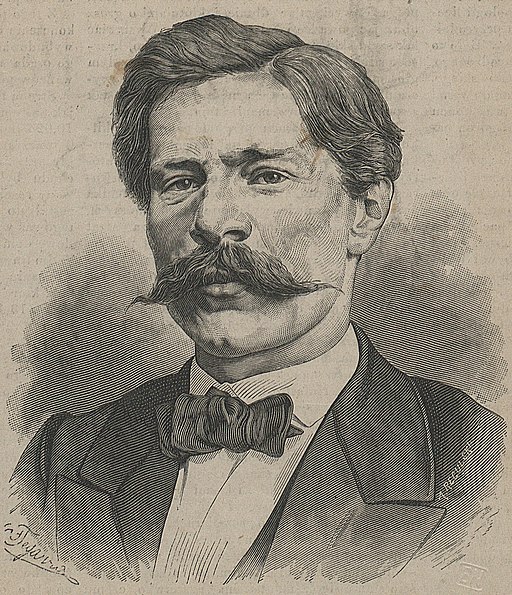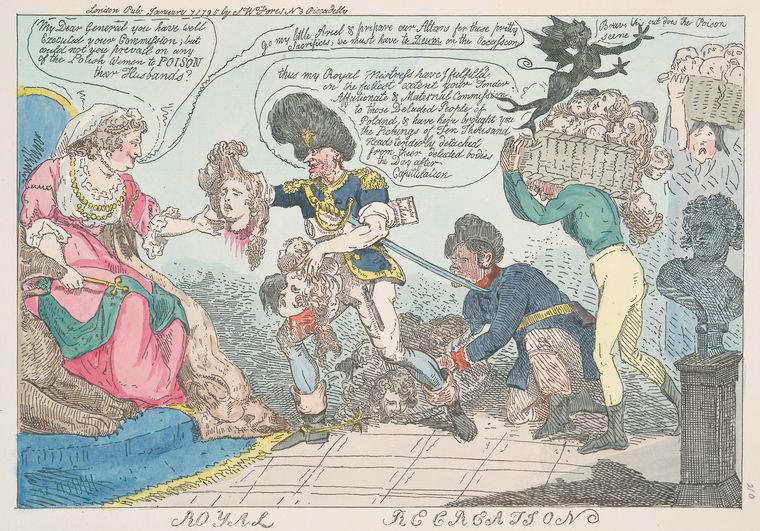On 24 March 1942, the first stage of the evacuation of the soldiers serving in the so-called Anders Army from the Soviet Union to Persia began. About 78,000 exiles, who joined the Polish army and 37 thousand civilians, including about 18,000 Polish children were evacuated in total.
On 30 January 1930, the Politburo of the Central Committee of the All-Union Communist Party (Bolsheviks) decided to launch the largest resettlement operation in the entire history of the Soviet Union, still referred to today as the 'kulak deportation'.
On 31 October 1906 Marian Malinowski set off, as he himself put it, “on a journey into the unknown at government expense.”
On 12 February 1833, Aleksander Czekanowski was born in Krzemieniec in Volhynia. He trained as a geologist, but was not given the freedom to pursue his career as he was sent to Siberia at the age of 30 for taking part in the January Uprising.
This is what journalist Bruno Korotyński wrote in 1924 about the slaughter in Warsaw’s Praga district. It was one of the last, and at the same time most tragic, episodes of the Kościuszko Uprising. On 4 November 1794, after the Polish army had been defeated, Cossacks slaughtered about 20,000 civ




